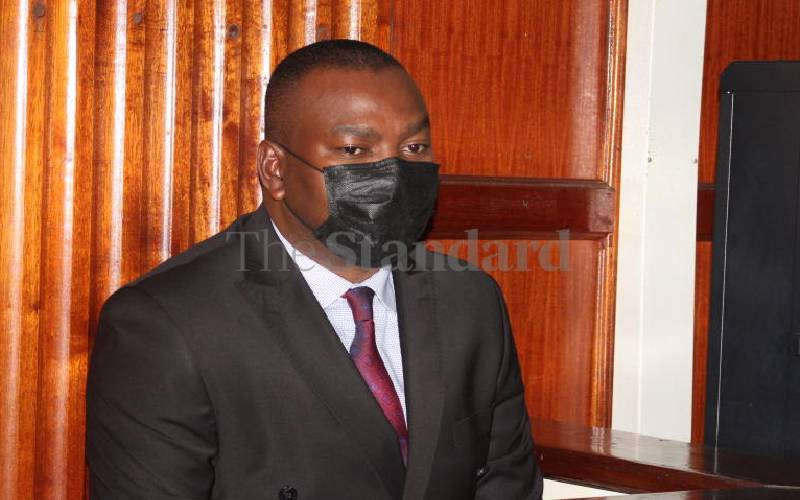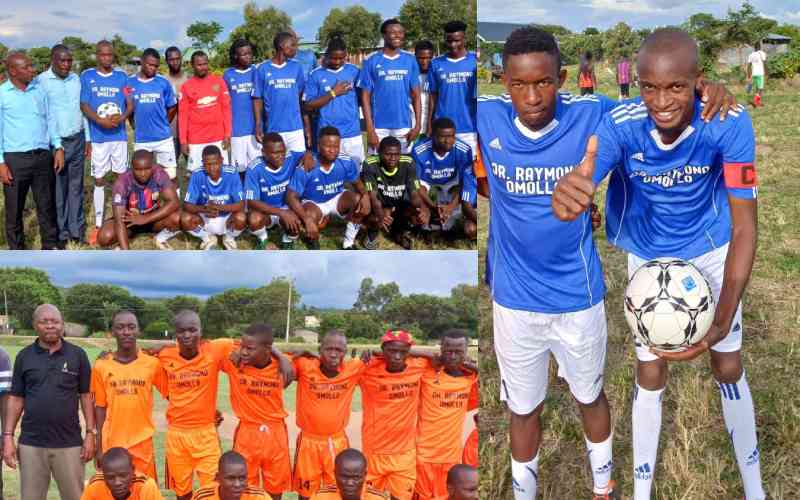In medieval era, athletes relied on royal patronage to meet their needs and earn their living. However, with escalating costs and retreat of the monarch globally, that had to change. Now the world over, sport is largely a sustainable business, thanks to Intellectual Property (IP). This informed the special protection demanded for Olympic symbols by IOC and the strict management of the football World Cup related Intellectual Property by FIFA from host countries.
Opportunity knocking
Sports intersect very closely with Intellectual Property mainly by leveraging the use of brand names, sale of broadcast rights, image rights and kit and shirt sponsorships.The biggest source of revenue for sports is sale of broadcast rights. This is especially true of global sports events like the Olympics and the football World Cup. With online opportunities opening up, income from broadcast rights can only soar.
The sale of shirt rights is another source of revenue in sports. This applies to teams in organised leagues from football, baseball and Ice Hockey. Barcelona Football Club recently sold its shirt sponsorship rights to a Japanese e-commerce entity for 57 million pounds. This is in addition to a 134 million a year kit sponsorship deal from Nike. The value of shirt sponsorship can determine the ability of a team to sign new players and invest in infrastructure.
The other source of sports revenue is the sale of naming rights to stadia. Case in point is the branding of Arsenal football Club stadium as the ‘Emirates’ which continues to earn substantial incomes for the club. A local example is the branding of Kasarani Stadium by Safaricom Plc.
Sports personalities earn a great deal of money from the use of their images to endorse products and services, especially by way of advertising. Except for individual sports, the amounts are generally shared between the players and the team. The management of the image rights has the capacity to break player transfers between football clubs. With social media, the possibilities of exploiting image rights are mind boggling.
Enormous talents
That Kenya possesses enormous talents in diverse sports is not in doubt. However, many sportsmen and women have not reached the peak of their careers due to management of sports generally, and the limited use of Intellectual Property in the country.
Recently the image of a long distance athlete on billboards by banks and Telecommunication companies raised the question whether the image rights were cleared by the athlete’s management teams and paid for. A few years ago the use of soccer star Dennis Oliech’s image on a billboard nearly caused him to retire from national duty. However, the issue was later resolved.
At the moment Gor Mahia Football club, and to some extent Kenya Rugby Union appear to understand the value of intellectual Property and earn some income from the exploitation of their Intellectual Property rights from brand names, broadcast rights and image rights. Enormous opportunities still remain unexploited.
A lot of questions arise in this regard. Have we empowered Kenyan athletes and sports persons to understand their Intellectual Property rights? Is it possible to ensure athletes and players get value commensurate to their image and brands? Can Kenyan sports teams leverage much more on the brands than they are currently? What can be done to develop sustainable sports in Kenya?
The secret may lie in sports policy. There is need to develop a sports policy in Kenya that incorporates sustainable funding. The role of Intellectual Property must be identified and supported. But the success of such policy shall depend on structural reforms in the management of sports associations. Sports require to be managed professionally and ensure that sports associations are run as profitable corporates that can put in place long term plans for the clubs or associations. The current running of sports by part timers, therefore, needs reconsideration.
Funding conundrum
Even with professional management of sports, the role of government subsidy remains a critical component in the development of sports. The government has a role in the oversight and policy levels but most importantly funding. The government recently implemented the long awaited tax on betting for the benefit of sports.
Stay informed. Subscribe to our newsletter
However, there is still a funding gap for sports to be sustainable. This cost can be met by providing tax and other rebates to corporates that support sports as well as additional budgetary allocation. Without sustained government support, sports events like the world cup and the Olympics would not be possible especially in investment in infrastructure. Kenya is no different.
The use of IP in Kenya sport has taken off albeit slowly. It is time to give it impetus. You will recall that some of the richest corporates and individuals are in the sports sector. This includes athletes who compete against our own in the same disciplines.
With the support from IP offices in Kenya, sports and athletes can gain more from their talents. Let the sports associations engage with Kenya Copyright Board (KECOBO) and Kenya Industrial Property Institute (KIPI) to secure their rights. Individual athletes and sports persons can be supported by those offices to register and exploit their rights as well. Only then will the journey to sustainable sports in Kenya will have begun.
Mr Sigei is the Executive Director, Kenya Copyright Board. [email protected]
 The Standard Group Plc is a
multi-media organization with investments in media platforms spanning newspaper
print operations, television, radio broadcasting, digital and online services. The
Standard Group is recognized as a leading multi-media house in Kenya with a key
influence in matters of national and international interest.
The Standard Group Plc is a
multi-media organization with investments in media platforms spanning newspaper
print operations, television, radio broadcasting, digital and online services. The
Standard Group is recognized as a leading multi-media house in Kenya with a key
influence in matters of national and international interest.
 The Standard Group Plc is a
multi-media organization with investments in media platforms spanning newspaper
print operations, television, radio broadcasting, digital and online services. The
Standard Group is recognized as a leading multi-media house in Kenya with a key
influence in matters of national and international interest.
The Standard Group Plc is a
multi-media organization with investments in media platforms spanning newspaper
print operations, television, radio broadcasting, digital and online services. The
Standard Group is recognized as a leading multi-media house in Kenya with a key
influence in matters of national and international interest.








